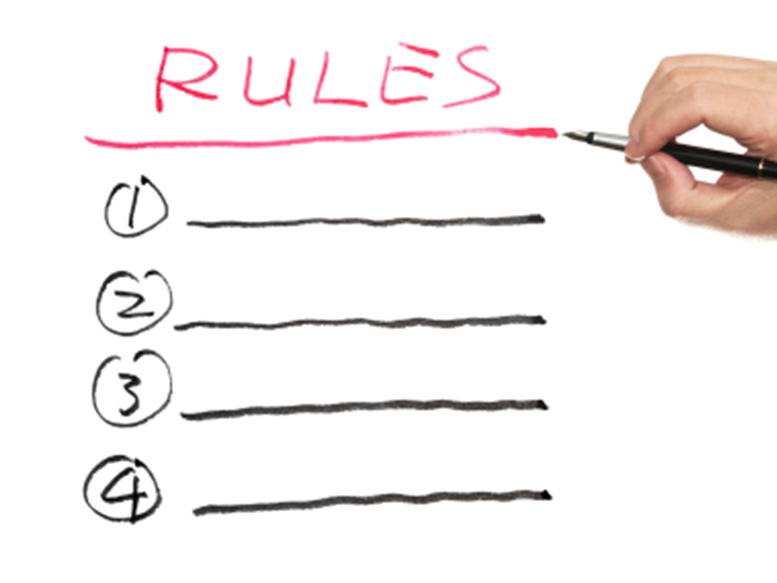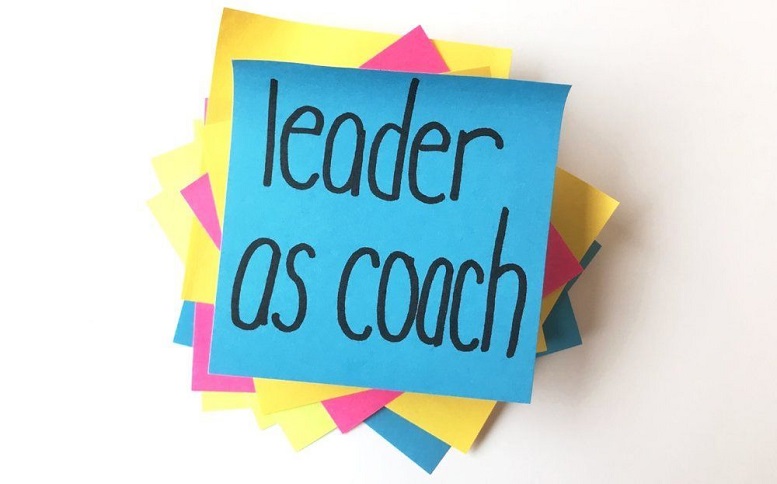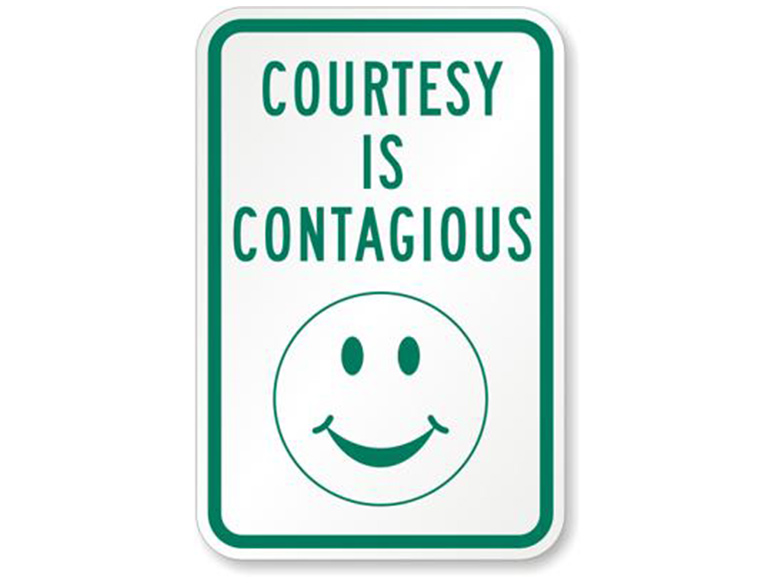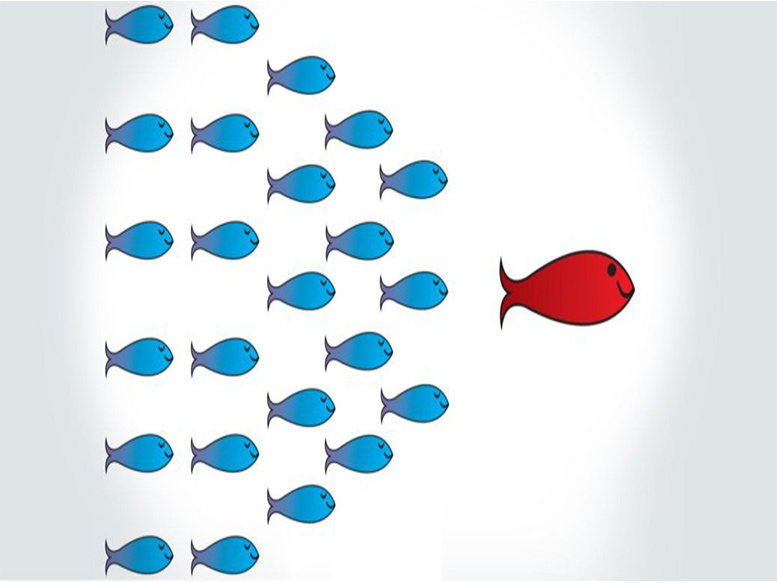What is it that differentiates a high performing team from a team that never gets beyond the “storming” stage in the forming/storming/norming/performing (The Tuckman Model) journey? How does a high performing team continue to achieve milestones and meet deadlines even as dynamics change due to a new or departing member? How do they manage to overcome the inevitable differences of opinion or even conflict to stay on track?
They establish and adhere to Rules of Engagement.
Think back, for a minute, to when you were in school. No, not college. Think waaay back to kindergarten or elementary school. Most likely on the first day of class your teacher shared with you “the rules.” No talking in class. Raise you hand to go to the bathroom. No fighting. Turn your homework in on time. You knew what the expectations were upfront, and you knew (and, yes, perhaps even experienced) what the consequences were if you didn’t meet those expectations. The goal of the rules was to create a harmonious and productive environment for learning. Without establishing and enforcing those rules, the classroom could have been chaos.
And so it goes with teams. In fact, we’ve seen (or at least read about) that chaos on a nearly daily basis with one very, very visible team. Don’t let that happen to your team.
Allocate some time – as a team – to establish your team Rules of Engagement. These should align with your company values and culture. As you think about what to include, consider things that have been an issue for the team in the past – what guideline can you put in place that will prevent that issue in the future? Here are some topics your rules can address:
Communication. What is the preferred method – email, phone, in person – for sharing information vs. decision making vs. resolving conflict?
Meetings. Is there a limit on length? How will you handle chronic late-comers? How will you ensure that everyone is heard (at the meeting rather than post-meeting in a hallway discussion)?
Decisions. How will you make them? A vote? Who’s the tie breaker?
Conflict. What’s your process for managing it? What will you do when it escalates?
Other potential topics are prioritization, accountability, coordinating task hand off, reviewing each other’s work. And certainly don’t forget to include a general rule about good behavior – kindness, respect, integrity.
Diversity of ideas, opinions, skill sets, experience and background enhances a team’s ability to innovate, and to provide the full complement of capabilities to achieve desired results. The best way to leverage those capabilities and to increase your team’s performance is by defining and maintaining your Rules of Engagement.
Till next time,
Karen









